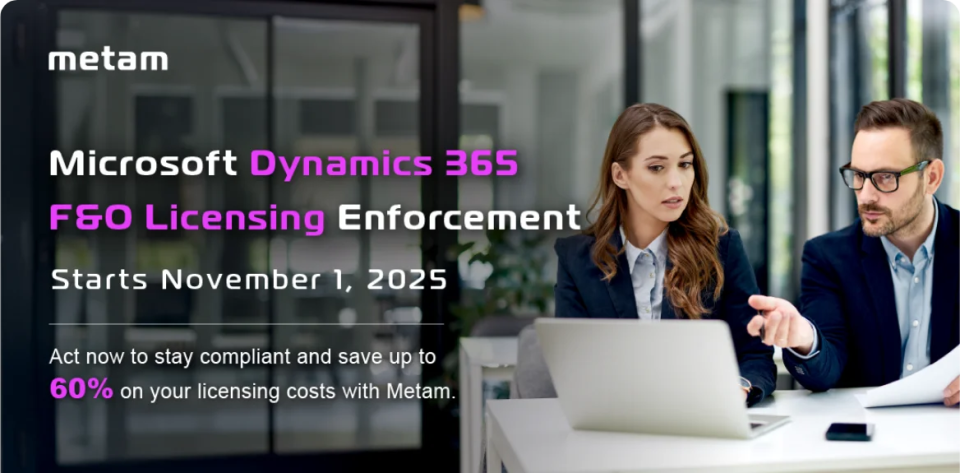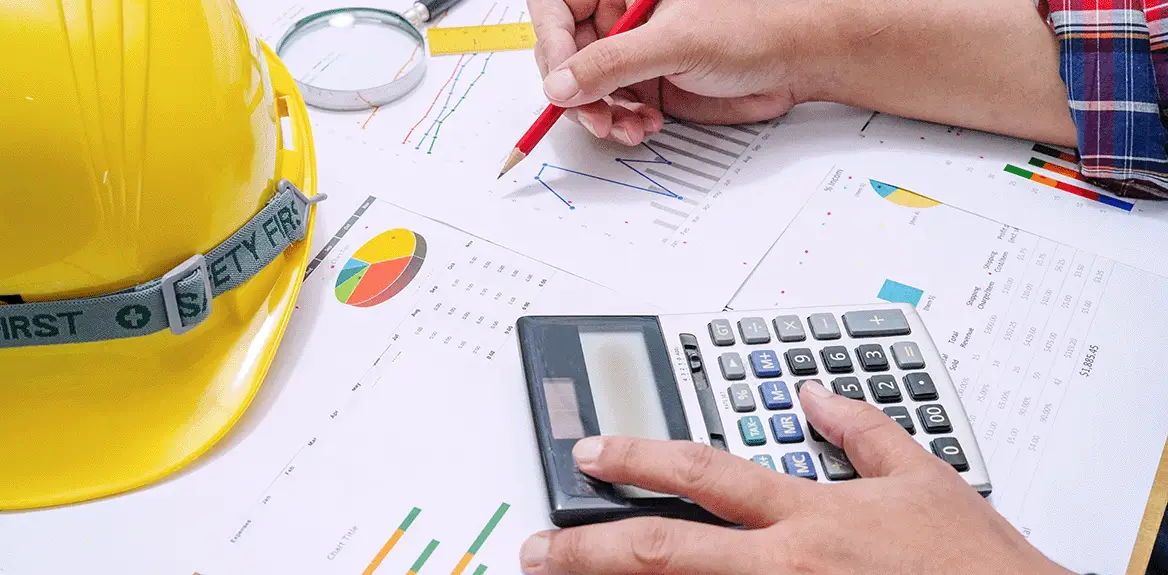What sustainability means for AEC firm culture, and how to lead the shift?
By Metam

Abstract
Sustainability transforms from strategy to cultural DNA when firms embed shared values, measurable KPIs, and continuous feedback. Leadership behaviors and role-based playbooks enable lasting transformation, and Metam provides the guidance and tools to sustain the shift.

Sustainability is often treated as a policy or a checklist, but in the Architecture, Engineering, and Construction (AEC) sector, it must transcend these boundaries to become a mindset deeply woven into the fabric of firm culture. Embedding sustainability into the daily workings of AEC firms is the only way to ensure green intentions evolve into tangible, built-world outcomes.
Many firms face obstacles in moving beyond isolated sustainability projects. Challenges such as internal resistance to new sustainable workflows, lack of clear incentives for long-term behavior change, and unclear methods to measure progress often slow momentum. Leadership teams may understand the importance of sustainability but lack a structured approach to foster a lasting cultural shift.
This article explores the true meaning of sustainability in AEC firm culture, highlights leadership strategies to enable the transition, provides detailed role-based playbooks, and explains how precise measurement and feedback mechanisms reinforce the change. Finally, it outlines Metam’s expert consulting approach to embedding sustainability deeply into organizational DNA.
What does sustainability mean for AEC firm culture?
To fully grasp sustainability’s impact on firm culture, it must be defined beyond individual projects, extending into the social, environmental, and economic spheres that shape organizational behavior.
Defining sustainability beyond projects
Sustainability is often reduced to environmental goals, but in AEC firm culture, it encapsulates a broader tripartite commitment. Social sustainability focuses on workforce wellbeing, diversity, equity, and community engagement. Environmental sustainability involves reducing carbon footprints, enhancing resource efficiency, and adopting regenerative design principles. Economic sustainability ensures that business models remain resilient and ethical, balancing profit with planetary and societal stewardship.
Integrating these dimensions holistically within firm culture means sustainability becomes a lens through which all decisions are evaluated—from selecting suppliers to designing projects, to managing internal policies.
Cultural attributes of sustainable firms
Sustainable firms develop distinct cultural markers that transcend policies. Shared values such as transparency, responsibility, and innovation are deeply held across all levels. Behaviors like routinely considering carbon impacts in design choices or preferring local, low-carbon materials become habitual. Rituals, such as regular sustainability briefings, green project celebrations, or carbon footprint “stand-downs,” reinforce the collective commitment.
These cultural attributes cultivate a sense of purpose and pride, aligning daily work with broader sustainability goals. They also enable firms to organically scale their impact, as individual and team actions reflect shared values rather than isolated mandates.
From policy to DNA
The transition from policy to DNA involves embedding sustainability into habitual decision-making frameworks. Rather than ad hoc initiatives, sustainability considerations are integrated at every project milestone, procurement approval, and design review. Tools such as embedded checklists, real-time ESG dashboards, and decision gates ensure sustainability is visible and actionable.
When sustainability permeates everyday choices, it no longer requires special attention but instead is naturally prioritized, making the firm resilient to evolving regulations and market expectations.
Importance for built environment professionals
The significance of sustainability culture extends beyond operational impact. It has become a decisive factor for talent attraction and retention, especially among younger generations prioritizing purpose-driven work. Firms with strong sustainability cultures enjoy enhanced brand reputation and competitive differentiation in bidding and partnerships.
Moreover, embedding sustainability into culture mitigates reputational and compliance risks linked to climate change, social governance, and evolving ESG reporting frameworks. It ensures firms remain agile in responding to stakeholder pressures and regulatory shifts.
How can AEC leaders drive the culture shift toward sustainability?
Leadership is the catalyst for cultural transformation. Without deliberate, visible actions from executives and managers, sustainability efforts often stall or remain superficial.
Lead by example: top-down modeling of sustainable behavior
Senior leaders must embody sustainability in their behavior, signaling its strategic importance. This includes choosing sustainable travel options, publicly supporting green initiatives, allocating resources for innovation, and consistently communicating sustainability priorities. When executives visibly integrate sustainability into their leadership style, it encourages alignment and emulation across teams.
Leadership commitment also involves transparency about progress and setbacks, fostering trust and collective ownership of sustainability goals.
Visible governance routines: green committees, stand-ups, and carbon reviews
Institutionalizing sustainability requires governance structures that embed it in firm rhythms. Regular green committees, carbon performance stand-ups, and project sustainability reviews ensure accountability and keep sustainability top of mind. These routines provide forums for sharing progress, addressing challenges, and aligning cross-functional teams.
Structured governance routines create continuity and prevent sustainability from becoming a one-off topic, instead making it integral to everyday operations.
Performance linking incentives: ESG scorecards, recognition programs
Linking performance incentives to sustainability outcomes helps translate commitment into action. ESG scorecards integrated into performance reviews and bonuses motivate staff to embed sustainable practices in their roles. Recognition programs celebrating sustainability champions and green innovations nurture intrinsic motivation and peer learning.
These incentive structures elevate sustainability from a compliance obligation to a valued, rewarded part of professional contribution.
Cross-team steering groups: ensuring sustained commitment across departments
Sustainability transcends departmental silos. Forming cross-team steering groups involving representatives from project management, HR, operations, finance, and procurement ensures holistic ownership. These groups coordinate initiatives, share data, and resolve barriers to embedding sustainable practices.
Multi-disciplinary collaboration broadens perspective, enriches solutions, and sustains momentum beyond the initial leadership push.
What playbooks help embed sustainability by role?
Embedding sustainability requires role-specific guidance that addresses distinct responsibilities and influence points within AEC firms.
Project manager toolkit: sustainable procurement checklists, supplier vetting
Project managers are pivotal in operationalizing sustainability. Playbooks for PMs include procurement checklists that prioritize low-carbon, ethically sourced materials and vetted suppliers aligned with sustainability standards. Risk assessment tools help flag high-impact decisions, while communication templates enable clear sustainability expectations with subcontractors.
Such structured toolkits empower PMs to integrate sustainability seamlessly into complex project workflows.
HR onboarding: training modules on net-zero and regenerative thinking
HR’s role in culture change begins with onboarding. Training modules introducing net-zero concepts, circular economy principles, and regenerative design set foundational knowledge and expectations. Workshops and e-learning ensure new hires understand sustainability as a core organizational value.
Continuous learning pathways enable staff to deepen expertise and contribute to innovation over time.
Operations team guides: site rituals, waste management, low-carbon materials
Operations teams translate sustainability into daily site activities. Playbooks guide waste segregation rituals, energy monitoring, water conservation, and use of low-carbon materials. Checklists for environmental risk mitigation and biodiversity enhancement embed sustainable behavior into operational standards. Operational guidance ensures sustainability is tangible and practical in the field.
Executive dashboards: ESG KPIs, cultural engagement metrics, carbon budgets
Executives require real-time visibility into sustainability performance. Dashboards consolidate ESG KPIs, employee engagement scores on sustainability, carbon budgets, and risk indicators. This enables data-driven strategy adjustments, resource prioritization, and transparent reporting to stakeholders.
Such dashboards transform abstract sustainability goals into measurable, actionable insights.
How can measurement and feedback reinforce sustainable culture?
Measurement and feedback close the loop between intention and impact, enabling continuous improvement and reinforcing cultural norms.
Culture metrics that matter
Surveys measuring employee attitudes toward sustainability, participation in green initiatives, and perceived barriers provide critical insight into culture health. Tracking participation rates in sustainability programs quantifies engagement levels. Meanwhile, precise carbon impact data from projects and operations connects behavior to outcomes. This multidimensional measurement clarifies strengths and areas for development.
Feedback and reflection loops
Post-project reviews focusing on sustainability allow teams to reflect on successes, challenges, and lessons learned. These retrospectives embed a mindset of continuous learning and accountability. They help capture best practices and identify opportunities for innovation and risk mitigation. Structured reflection reinforces a culture where sustainability is actively managed rather than passively hoped for.
Transparent ESG dashboards
Transparency is key to cultural adoption. Firmwide ESG dashboards accessible across departments promote shared responsibility and enable benchmarking. When teams see real-time data on energy use, waste, and engagement, it encourages healthy competition and collective action. Visibility builds trust and aligns effort across organizational layers.
External certifications & recognition
Achieving certifications like LEED, B Corp, or net-zero status validates internal efforts, benchmarks progress against external standards, and enhances reputation. The pursuit of such recognition motivates continual improvement and aligns firms with global best practices.
Certifications also facilitate reporting to investors, clients, and regulators, closing the accountability loop.
How Metam Technologies embeds sustainability into firm culture?
Metam takes a holistic consulting approach to embed sustainability deeply within AEC firms, emphasizing tailored workflows, role-based guidance, and data transparency rather than technology alone.
Sustainable governance workflows : Metam assists firms in redesigning governance to embed sustainability at critical decision points. Carbon reviews become standard in design phases, procurement aligns with ESG criteria, and project approvals are contingent on sustainability considerations. This integration transforms sustainability from an add-on to an essential filter in workflows.
Role based guidance : Customized checklists and playbooks tailored to distinct roles guide behavior change across the organization. Project managers receive procurement and site management tools; HR teams deploy onboarding and training modules; operations have sustainability standard operating procedures; executives access KPIs and engagement metrics. This layered approach ensures relevant support at all levels.
ESG dashboards & alerts : Metam’s approach includes the development of transparent ESG dashboards that visualize carbon footprints, waste statistics, and employee engagement in sustainability programs. Smart alerts prompt timely actions, ensuring sustainability is front-of-mind without overwhelming staff.
Recognition & reinforcement tools : To sustain momentum, Metam supports recognition programs that highlight sustainability champions and team progress. Celebrating successes publicly encourages wider participation and embeds pride in sustainable achievements.
Integration with certifications : Metam guides firms through certification pathways, aligning internal data collection, documentation, and auditing processes with external standards such as LEED and ISO 14001. This support streamlines compliance and amplifies the impact of sustainability initiatives.
Key Takeways
Transforming sustainability from a standalone initiative into the very essence of an AEC firm’s culture requires more than intent—it demands a strategic, comprehensive approach that integrates leadership commitment, governance frameworks, role-specific guidance, and robust measurement systems.
This cultural transformation is complex and requires deep expertise in aligning sustainability goals with everyday operational realities and human behaviors.
Metam’s expert consulting approach addresses this challenge by partnering closely with firms to tailor sustainable governance workflows that embed carbon and ESG considerations at every critical decision point.
Through meticulously crafted role-based playbooks, Metam equips project managers, HR teams, operations staff, and executives with actionable tools and clear guidance, ensuring sustainability becomes an integral part of their daily responsibilities rather than an external mandate.
The value Metam brings extends beyond guidance to enabling real-time visibility and accountability through advanced ESG dashboards and intelligent alerts, fostering transparency that drives engagement and continuous improvement across the organization. Recognition and reinforcement mechanisms supported by Metam celebrate sustainability achievements, strengthening motivation and embedding green practices into firm rituals.
By leveraging Metam’s holistic strategy, AEC firms do not merely adapt to sustainability requirements—they lead the shift by embedding sustainability at the core of their identity. This transformation drives measurable environmental impact, improves employee retention and engagement, enhances brand reputation, and future-proofs organizations in an increasingly ESG-conscious market.
Metam’s commitment is to help AEC firms to operationalize sustainability culture with precision and resilience, turning strategic ambition into everyday practice and lasting legacy.


